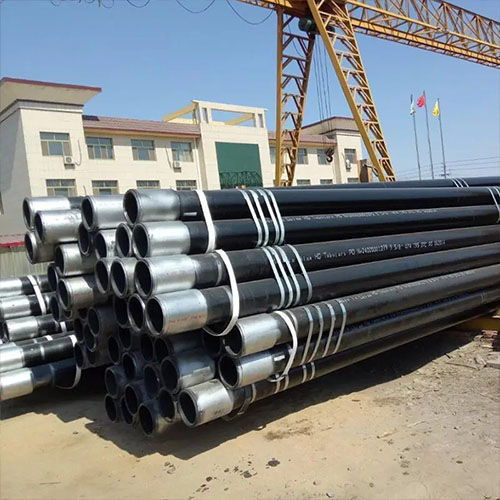Table of Contents
Comparing Q235, Q195, Q345, and A36 Carbon Steel Tubes/Pipes
When it comes to choosing the right carbon steel tube or pipe for your project, it’s important to understand the differences between various grades of carbon steel. In this article, we will compare four common grades of carbon steel tubes/pipes: Q235, Q195, Q345, and A36.
Q235 is a Chinese standard carbon structural steel that is widely used in construction and engineering. It has a minimum yield strength of 235 MPa and a tensile strength of 370-500 MPa. Q235 steel tubes/pipes are typically used for general structural applications, such as buildings, bridges, and machinery.
Q195 is another Chinese standard carbon structural steel that is similar to Q235 but has a slightly lower carbon content. It has a minimum yield strength of 195 MPa and a tensile strength of 315-430 MPa. Q195 steel tubes/pipes are commonly used in low-pressure fluid transportation, such as water, gas, and oil.
Q345 is a Chinese standard low alloy high strength structural steel that is commonly used in construction and engineering. It has a minimum yield strength of 345 MPa and a tensile strength of 470-630 MPa. Q345 steel tubes/pipes are known for their high strength and excellent weldability, making them suitable for heavy-duty structural applications.

A36 is an American standard carbon structural steel that is commonly used in construction and manufacturing. It has a minimum yield strength of 250 MPa and a tensile strength of 400-550 MPa. A36 steel tubes/pipes are versatile and can be used in a wide range of applications, including structural support, machinery parts, and transportation equipment.
When comparing these four grades of carbon steel tubes/pipes, it’s important to consider the specific requirements of your project. Q235 and Q195 are suitable for general structural applications, while Q345 and A36 are better suited for heavy-duty structural applications that require high strength and excellent weldability.
In terms of cost, Q235 and Q195 are typically more affordable than Q345 and A36 due to their lower carbon content and lower strength. However, the cost difference may be offset by the superior performance of Q345 and A36 in certain applications.
In terms of availability, Q235, Q195, and Q345 are readily available in the Chinese market, while A36 is more commonly found in the American market. If you are working on a project in China, you may find it easier to source Q235, Q195, or Q345 steel tubes/pipes. However, if you are working on a project in the United States, A36 steel tubes/pipes may be more readily available.
In conclusion, when choosing a carbon steel tube or pipe for your project, it’s important to consider the specific requirements of your application, as well as factors such as cost and availability. Q235, Q195, Q345, and A36 are all viable options, each with its own strengths and weaknesses. By understanding the differences between these grades of carbon steel, you can make an informed decision that will ensure the success of your project.
